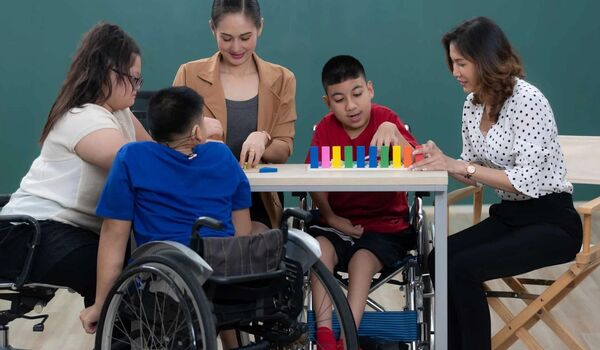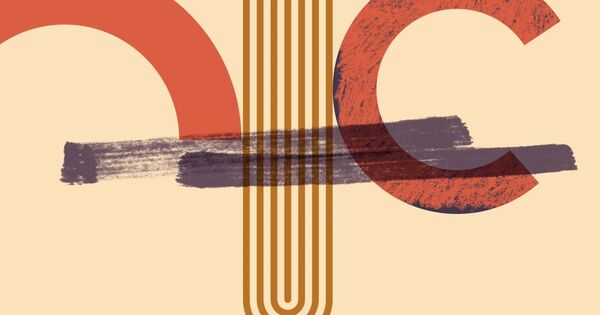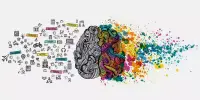Research has frequently focused on how instructors and educators might best teach and accommodate children with disabilities. However, are the approaches utilized to teach kids with disabilities effective and accessible to all pupils? Michigan State University scholars are among the first to respond to that question.
Faculty and doctoral students from throughout MSU, including the Colleges of Social Science and Education, present some of the first findings on how to differentiate the effectiveness of instruction for students with and without disabilities. According to their findings, officials should consider teacher quality indicators that look specifically at these student groups in order to assist schools in making the best decisions for student outcomes.
Published in the journal Educational Evaluation and Policy Analysis, this research presents a major breakthrough in understanding how to best measure achievement for both students with and without disabilities.
Most students with disabilities spend most of their school day in general education classrooms, but many teachers indicate they receive insufficient training and preparedness to educate these students.
Scott Imberman
“Most students with disabilities spend most of their school day in general education classrooms, but many teachers indicate they receive insufficient training and preparedness to educate these students,” said Scott Imberman, study author and professor in the Department of Economics in the College of Social Science and the College of Education. “We thought that through the use of statistical measures of teacher quality, we could identify which teachers are more effective teachers with these students and how much general education teachers’ ability to instruct these students varies.”
It is critical that kids with disabilities have access to high-quality teachers, yet not all teachers receive the required training and skills to assist these students. They may also struggle more with some courses, such as mathematics. Student success rates are frequently determined by how the entire class performs rather than how individual students perform.
When assessing the progress of all students, numerical measurements known as value-added measures, or VAM, are commonly used. However, these measurements frequently do not distinguish between pupils with and without disabilities.

Due to the high number of enrollment and kids with disabilities, the MSU research team conducted a study using data from the Los Angeles Unified School District. They developed two particular value-added measures: one for assessing the performance of teachers educating students with disabilities and another for students without impairments.
They discovered that some of the most effective teachers for kids without disabilities have lower value-added scores for students with impairments. Similarly, they found that top-performing teachers for children with impairments had lower value-added scores than students without disabilities. This means that while some students appear to be matched with a high-quality instructor, they may actually benefit from other teachers.
The bigger inequity, according to Imberman, is that although “some general education teachers do have specialized skills that make them more effective for students with disabilities, our case study in Los Angeles suggested disabled students are typically not matched to these teachers.”
While the findings do not indicate how to better match teachers with children with disabilities, they do encourage schools and policymakers to investigate how both groups of students, particularly those with impairments, might achieve greater academic success. Educators, particularly those who have been teaching for a longer period of time, must also get proper training to serve students with impairments.
“We hope that our methods can be used in the future to help school officials better match students with disabilities to the teachers who are best equipped to instruct them and better assess which teachers might need additional training in educating disabled students,” according to Imberman.
















